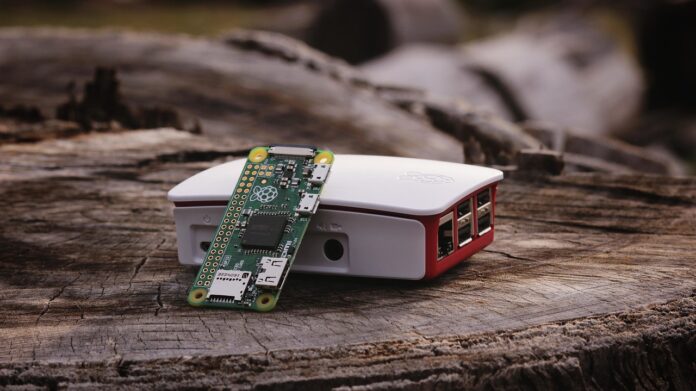A few months into production, the Raspberry Pi mini-computer continues to impress with its small form factor and immense customisation options. Used in everything from professional applications to entertainment setups, this wallet-sized device is now in its fifth generation and enjoying strong market success.
Most recently, the Raspberry Pi 5 has launched with 16 gigabytes of RAM, a quad-core 2.4 GHz processor, and an M.2 slot for ultra-high-speed storage. While it’s not the only compact computing option available, it exemplifies a growing trend: affordable, highly modifiable computers that are increasingly accessible to a broader audience.
What Can These Tiny Computers Do?
Whether it’s a Raspberry Pi or a competing mini-computer, these little devices are more capable than a price point of around £120 would suggest. One of the more popular uses is in online entertainment, such as playing Slingo Bingo at Paddy Power. Games like Journey to Asgard and Lucky McGold are already tuned to work without issue on standard desktops, laptops, tablets, and smartphones. Such low requirements help them run perfectly with their low requirements on mini-computer systems, and this is just the beginning.
In basic terms, anything that a mid-range phone can do, one of these mini-computers can do as a minimum. To return to the Raspberry Pi example, features like 4K display output, video decoders, and high-speed internet make it capable of everything a desktop would, only a little more slowly in the cases of heavy workloads.
The kicker is that many users never push modern desktops close to their limits, so the restrictions of a mini-computer cease to matter. From word processing to sending emails, taking part in online meetings, playing light games, and watching movies, a mini-computer can handle the work without issue.
A Viable Laptop Alternative?
Because these systems are functionally just small desktop computers, they’re far more flexible than smartphones and tablets and are nearly as capable as laptops in many cases. The main difference lies in peripherals: laptops come with built-in screens and keyboards, while mini-computers require external components.
This could be a limitation for some, but for others, it has a unique benefit. The compact size means these devices are easier to carry, requiring no special bag or case. With docking setups at home, work, or school, users can easily transition between locations – simply unplug the device, take it with you, and reconnect it when you arrive.
Whether or not systems like the Pi, or the Khadas Mind, as covered at Toms Guide, will ever take off like laptops is unlikely. However, that doesn’t diminish their value. For users with specific needs, they can be a highly practical and cost-effective alternative to mobile computing – and they continue to improve with each generation.
If you’re open to learning a few new tricks and want something a bit different, mini-computers like the Piare are well worth considering!







